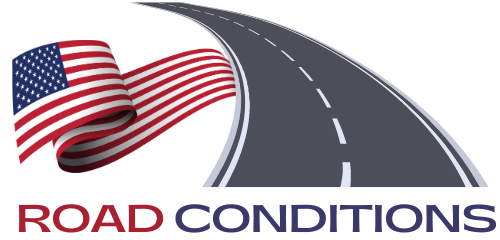Car modifications allow drivers to personalize performance, improve appearance, or add comfort. From upgraded exhausts to lowered suspensions and high-end audio systems, custom changes make vehicles feel unique. However, every modification has the potential to affect insurance costs and eligibility. Understanding how providers view modifications helps avoid higher premiums or rejected claims.
Before adjusting your car, consider how each change interacts with existing coverage. Insurers care about risk, and many aftermarket parts change how they calculate it.
Common Mods That Raise Premiums (And Why You Should Inform Your Provider)

Certain modifications automatically raise flags with insurers. These changes typically signal higher performance, theft risk, or expensive repairs:
- Turbochargers or superchargers
- Lowered suspension
- Custom paintwork or vinyl wraps
- Alloy wheels or large rims
- Body kits, spoilers, or wide-body conversions
- High-powered sound systems
- Dark window tint beyond legal limits
Each of these affects how a car handles, how visible it is, or how easily it could be stolen. Even small cosmetic tweaks may matter. Failing to report them may result in canceled coverage or rejected claims after an accident.
If you modify vehicle access systems—such as replacing or upgrading electronic keys—it is essential to use reputable services. One example is mr-key.com, which helps with secure key replacements and remote repairs. Secure access matters, especially when performance upgrades increase a car’s theft appeal.
How Modifications Change the Risk Profile

Insurance companies assess three key risk areas when reviewing modified vehicles:
1. Performance and Speed
Any engine enhancement or exhaust modification increases the likelihood of high-speed driving. Even a simple ECU remap can change a car’s acceleration and torque output. Insurance companies assume faster cars are more likely to be in accidents. This assumption leads to higher premiums or stricter policy terms.
2. Appearance and Attention
Cars that stand out get noticed. Bold colors, body kits, and visible aftermarket parts often attract attention, which may increase theft or vandalism risk. Providers may raise rates or limit coverage for such modifications.
3. Repair and Replacement Costs
Modified parts are harder to replace. Insurance companies often use standard OEM parts in repair calculations. Custom features require special orders, which cost more and take longer to install. Claims involving modified vehicles often result in longer evaluation periods and higher payouts.
Mods That May Lower Insurance

Not all changes increase risk. Some modifications can reduce your premium if they improve safety or reduce theft risk:
- Dash cameras
- Advanced anti-theft systems
- Parking sensors or rear cameras
- Steering wheel locks
- Upgraded brakes
Discuss such features with your insurer to determine eligibility for discounts.
Always Declare Your Mods
Failing to report modifications can cause major problems. In a collision or theft, unlisted mods may void your claim. Even minor upgrades should be declared to ensure full coverage.
When in doubt, provide a full list of changes before renewing or adjusting your policy. Keep receipts, documentation, and any installation records. Transparency protects your investment.
Conclusion
Car modifications affect insurance through performance, safety, and cost-related changes. Always inform your insurer and use trusted vendors for upgrades. Protect your modified vehicle with proper coverage so that your passion project does not turn into an insurance nightmare.

